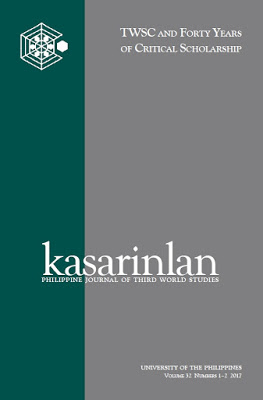Shortcomings of an Idealized Urbanity: Ghost Urban Areas and the Asynchronous Territorial Development of Hanoi
Abstract
This paper examines the recent emergence, on the periphery of Hanoi, of large real estate projects that began construction during the 2000s but have now remained unfinished or, even when completed, largely uninhabited. These “ghost urban areas,” as the local press calls them, epitomize some of the problems which emerged in Hanoi when a model of urban development that aimed at realizing an imagined urban future, formulated by state planning agencies, encountered the highly speculative reality of Vietnam’s property market. Ghost urban areas reveal how the state’s planning orientations and discourse—conveying ideals of urban “modernity,” “civility,” and particularly “synchrony”—instead generated dysfunctional, incomplete, and disconnected places. Based on a survey of thirty-nine ghost urban areas, a cartographic analysis, interviews with key actors, and a critical study of policy documents, this paper reveals multiple scales and forms of what we call “asynchronous territorial developments.” Around Hanoi, these developments involve vast tracts of agricultural lands forcibly appropriated yet left fallow, planned infrastructure and amenities that stay unbuilt for indefinite periods of time, and housing units transacted multiple times among speculators but have remained largely uninhabited and out of reach for a majority of urban households. Ultimately, we interrogate how these various territorial asynchronies, both generated by and plaguing ghost urban areas, shape their livability and inhabitants’ experience.



